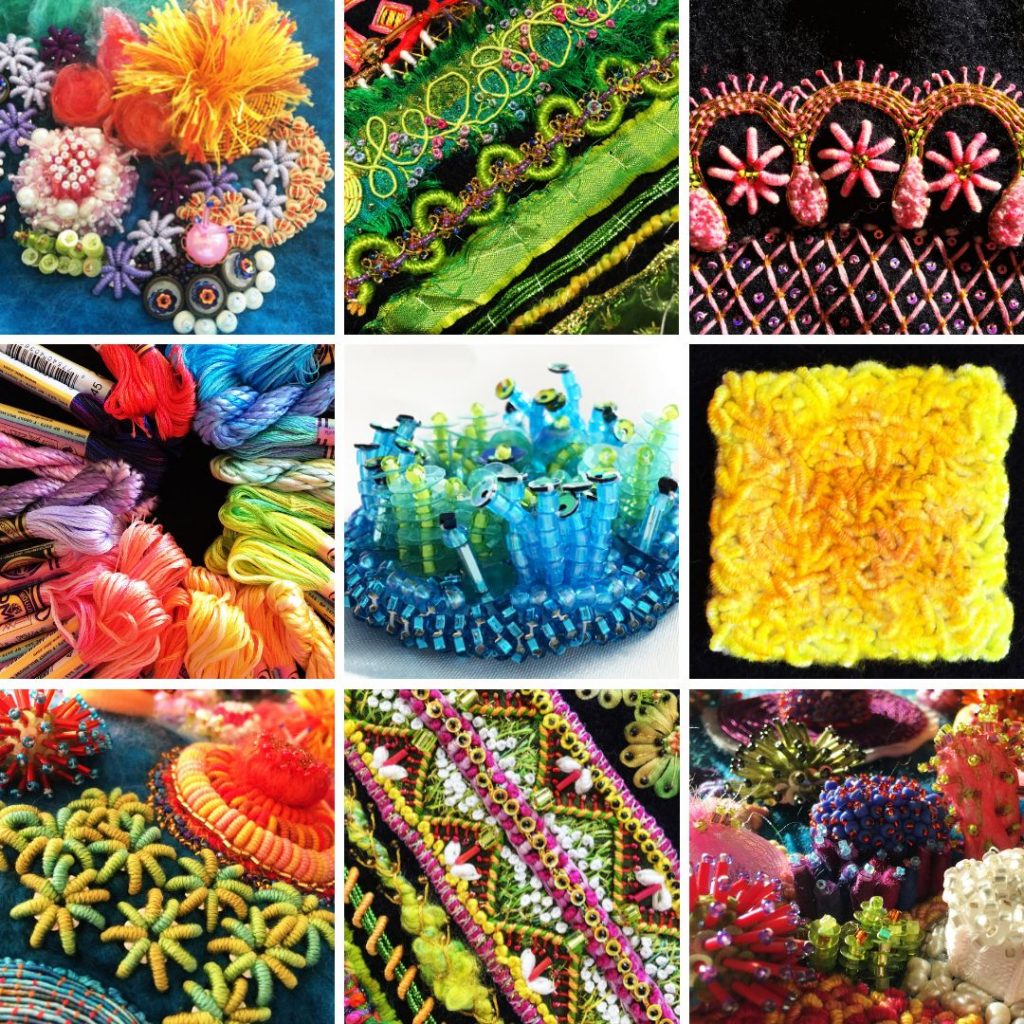Photography is something I love and loathe in equal measure, but it wasn’t until I realised the scope of its history that I reviewed my opinion.
My eyes glaze over trying to understand the processes and ephemera behind photography, which is why I’m a very lazy, but very happy point-and-shoot iPhone photographer.
But that doesn’t mean I don’t appreciate the medium, quite the reverse – I adore it.
And when I look at the overlap of photography with science and art, I value and respect it even more.
Photography is an enabler, allowing the exploration of our beautiful world, along with the greater universe and ourselves as well, through glorious colour, or timeless, elegant black and white, creating stunning inspiration for our work.
Frenchman Nicéphore Niécpe invented photography using a technique called heliography, creating the world’s oldest surviving photograph in 1827 – yet amazingly, heliography was conceived in response to camera obscura theories dating back to ancient history.
But it wasn’t until 1842 with the discovery of the cyanotype by Sir John Herschel that things started to change.
In 1843 Anne Atkins takes the process further in her self-published book, ‘Photographs of British Algae: Cyanotype Impressions’ – the first book to make use of photographs.
So for nearly two centuries we’ve been honing and utilising photographic techniques to aid the sciences and to record images unable to be seen by the naked eye.
From these beginnings, photography has allowed us to capture the transience of life and of things – the ephemeral and impermanent, the fleeting, and unstable, the volatile, here-today-gone-tomorrow that makes up our world, filtering into our art.
And with the addition of modern-day technologies, we can alter and manipulate these images in a multitude of creative ways.
Here’s a list of the 27 Most Famous Photographers as of 2022 – and Man Ray tops my list.
But for me, it will always be the simplicity of my iPhone. Easy to use and carry, it alone has enabled me to capture beautiful, fleeting moments that I can use creatively in my own art practice, or use to record and amplify.

I have a renewed respect for photography and its abilities, even within my own small sphere of creativity.
How do you use this nearly 200-year-old process?


